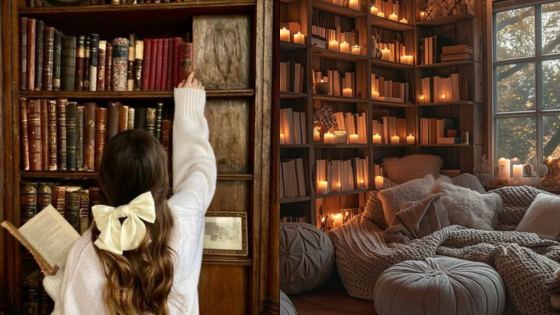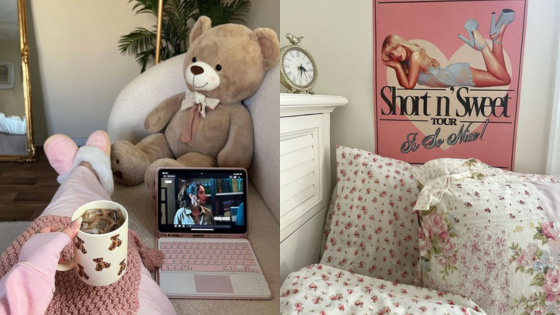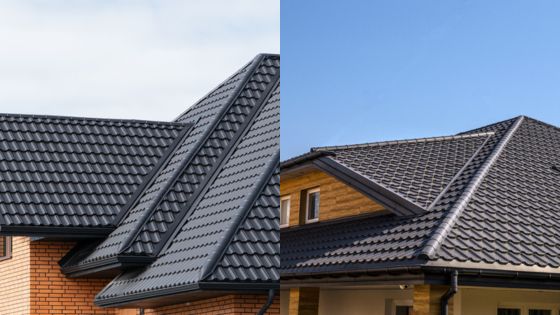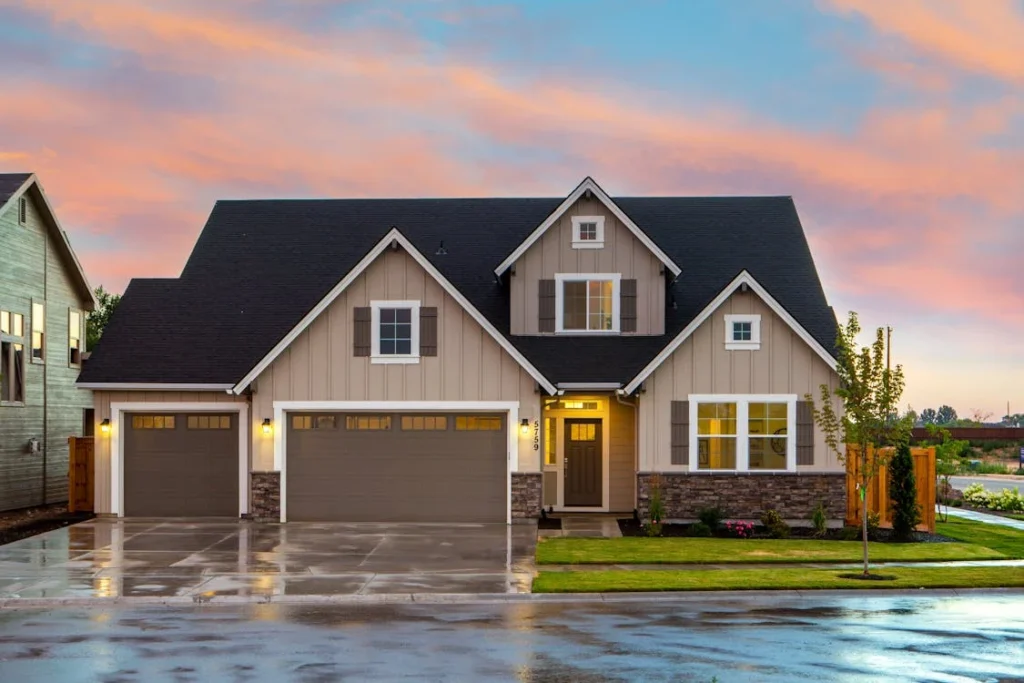
Timeless residential architecture is more than just a trend; it’s an enduring expression of beauty and functionality. The best homes seamlessly combine aesthetics and practicality, ensuring that their appeal lasts for generations.
From choosing the right materials to creating harmonious layouts, every design decision contributes to the lasting value of a home. As tastes evolve, these essential elements continue to resonate with homeowners seeking comfort and style.
In this article, we’ll explore the fundamental design elements that elevate residential architecture and ensure its timeless appeal.
Classic Materials: The Foundation of Lasting Appeal
The choice of materials significantly impacts a home’s aesthetic and durability. Natural materials like stone, wood, and brick create a timeless, grounded feel. These materials enhance the beauty of the home while offering long-lasting performance.
ArchDaily states that wood is proven to reduce stress and boost cognitive performance, with 45% of wooden surfaces offering benefits. Studies show bamboo can calm anxiety, improve focus, and produce 35% more oxygen than trees. To ensure sustainability, always source wood from responsibly managed forests.
Wood’s warmth and texture evoke a sense of comfort, while stone exudes permanence and sophistication. Incorporating these elements into modern designs helps homes feel rooted in tradition.
Furthermore, the longevity of these materials reduces maintenance costs over time, making them both practical and elegant. The right combination of materials can elevate a home’s exterior and interior. Choose wisely to ensure enduring appeal.
Maximizing Space and Functionality
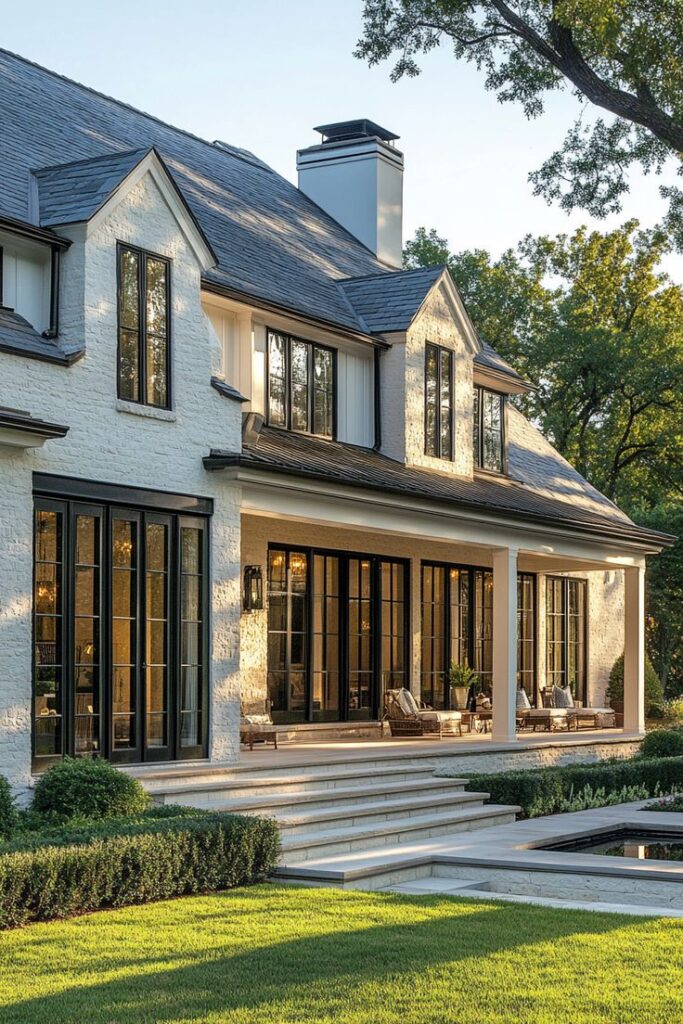
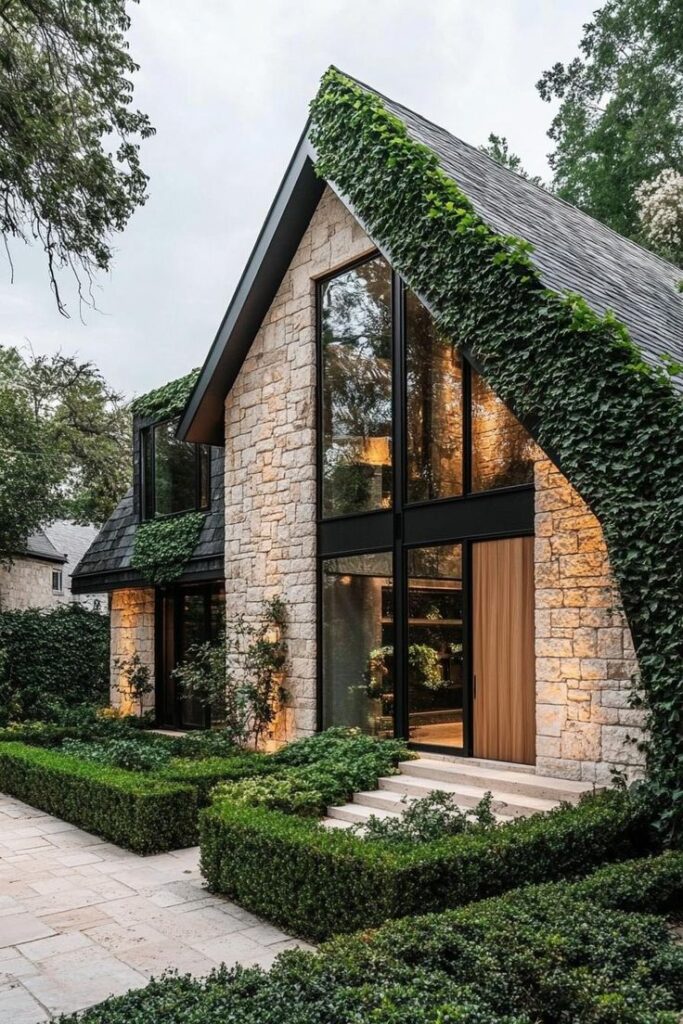
Open floor plans are a hallmark of timeless residential design. A fluid connection between rooms promotes a sense of space. This layout encourages a natural flow, which enhances both functionality and aesthetic appeal.
The Spruce states that before the 1940s, homes typically had simple floor plans with rooms serving distinct functions. Frank Lloyd Wright pioneered the open floor plan, combining dining and living areas with large fireplaces.
The post-war era saw the rise of open layouts, as growing families preferred more casual, flexible spaces. By the 1990s, open floor plans became the standard, adding value to new homes, especially in suburbs.
Homeowners create a sense of freedom by removing unnecessary barriers, such as walls and partitions. An open layout also fosters better interaction between family members and guests. It allows natural light to permeate throughout the home, brightening every corner.
Additionally, such layouts are versatile and can adapt to changing lifestyles. They offer a balance between privacy and shared living spaces, making them ideal for modern families.
Attention to Detail: Crafting Lasting Impressions
The small details in residential architecture often make the most significant impact on the design. From door hardware to baseboards, each element contributes to the overall feel and atmosphere of a space. Thoughtful finishing touches truly elevate a home, creating a refined and purposeful atmosphere.
Custom moldings and trims enhance visual appeal while also adding a sense of craftsmanship. One often overlooked detail, corner trim, is incredibly impactful for any area. Properly designed corner trim serves both aesthetic and functional roles, framing the walls’ intersection with precision.
Better Homes & Gardens mentions that updating trim details can dramatically elevate a home’s exterior, enhancing its overall curb appeal. Replacing worn or damaged trim is key to preserving a home’s value and attractiveness. Adding bold trim colors can further personalize your home’s look, making it stand out.
According to Belco Forest Products, it adds a sleek, polished finish while protecting corners from wear and tear. These small yet meaningful elements give a home a cohesive and professional look over time. Thoughtful finishes on flooring, cabinetry, and trim contribute to the home’s lasting beauty and character.
Timeless Color Palettes: Subtle Yet Sophisticated Choices
The color scheme of a home plays a pivotal role in its overall appeal. Neutral tones, like whites, greys, and earth tones, offer timeless sophistication. These colors provide a versatile backdrop that complements both modern and traditional furniture.
House Beautiful highlights that grey can be tricky to pair, but Mediterranean shades add warmth to its cooler tones. Classic white contrasts beautifully with grey in bathrooms, creating a timeless and fresh look. Soft blush pinks balance the harshness of graphite, adding subtle warmth and elegance to the overall aesthetic.
They create a calm, serene environment that doesn’t overwhelm the senses. Accent colors, when used sparingly, can add personality and warmth to the design. Rich hues like deep blues or greens can create a cozy, inviting atmosphere.
It’s important to select colors that can easily adapt to changing trends, ensuring your home’s aesthetic remains fresh for years. Subtle, balanced color choices ensure timeless beauty.
Thoughtful Proportions and Symmetry
Proportions and symmetry are integral to the visual appeal of any home. Properly balanced designs create a sense of order and tranquility. Architectural symmetry ensures that the home feels cohesive and well-thought-out, regardless of style.
Proportionality also influences how spaces feel. Rooms that are too large or too small may seem awkward. When designed with the right proportions, every space feels inviting and functional.
Symmetry in windows, doors, and facades enhances a home’s exterior, making it visually balanced. Thoughtful proportions ensure that every part of the house complements the others. This creates a harmonious, inviting atmosphere that stands the test of time.
FAQs
Can natural materials reduce maintenance costs?
Yes, natural materials such as stone and brick typically require less upkeep than synthetic ones. Their long-lasting resilience allows them to tolerate wear and tear without requiring regular repairs. Over time, these materials prove to be a practical investment in both aesthetic and financial terms.
What is the impact of room flow on design?
A smooth flow between rooms promotes easy movement, both physically and visually. This connection enhances the home’s overall functionality, making spaces feel interconnected. With good room flow, homeowners can experience a greater sense of freedom, and interactions among family members or guests are more seamless.
How does attention to detail affect home value?
Thoughtful details like moldings, trims, and custom finishes can increase a home’s overall value. They demonstrate a level of craftsmanship that appeals to potential buyers. Homes with attention to detail often maintain their appeal and value over time, making them a worthwhile investment.
How do accent colors influence a room’s mood?
Accent colors add personality and vibrancy to a neutral palette, influencing the mood of a room. Rich hues like blues and greens can create a cozy, welcoming atmosphere, while warmer tones evoke energy. Accent colors can be used strategically to highlight architectural features or create focal points in a room.
How do thoughtful proportions enhance a home’s longevity?
Homes with thoughtful proportions are designed to withstand changes in style without feeling outdated. These well-planned designs remain visually appealing and functional for decades. Thoughtful proportions contribute to a home’s ability to adapt over time, maintaining its appeal and value in the long run.
Timeless homes are crafted, not just built. Focusing on lasting materials and functionality creates spaces that last. When designing, prioritize natural elements like wood, stone, and neutral tones for enduring beauty. Thoughtful proportions and open layouts enhance both form and function, creating harmony in every room.
Details like custom trim adds unique charm and sophistication to your home. Classic color palettes, such as soft greys and whites, ensure a timeless aesthetic. These design principles not only enhance beauty but also adaptability. In the end, a well-designed home provides comfort and lasting appeal, becoming a legacy for future generations.
- 685shares
- Facebook0
- Pinterest685
- Twitter0

